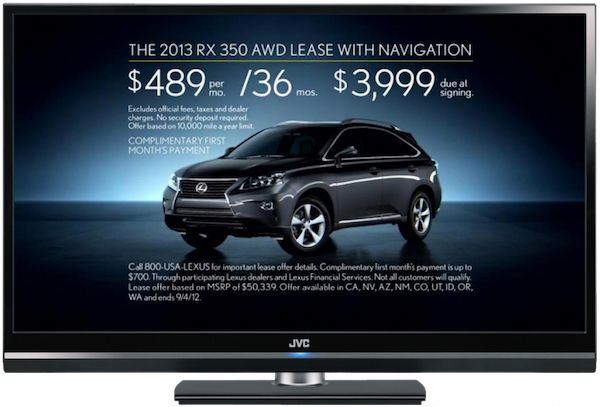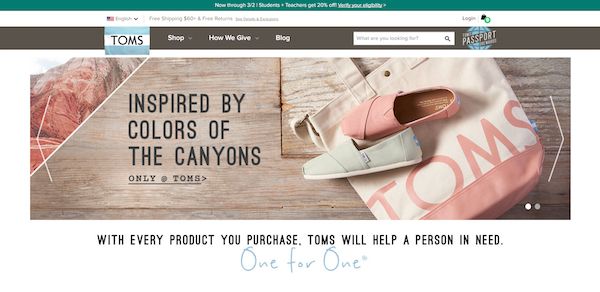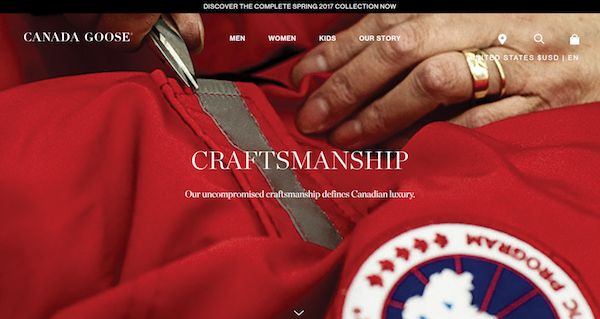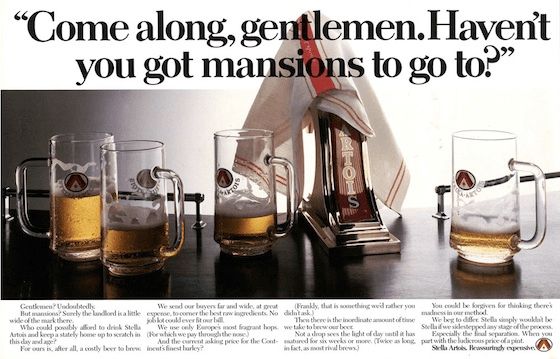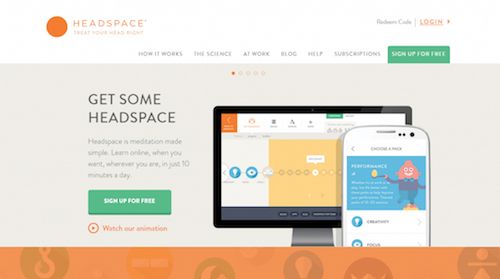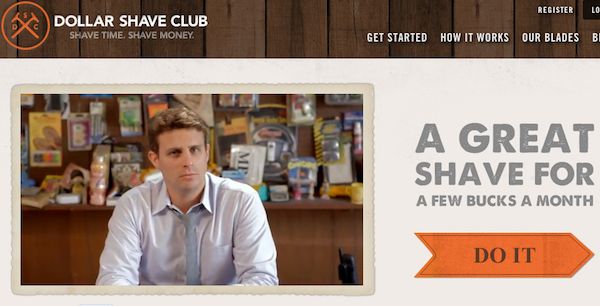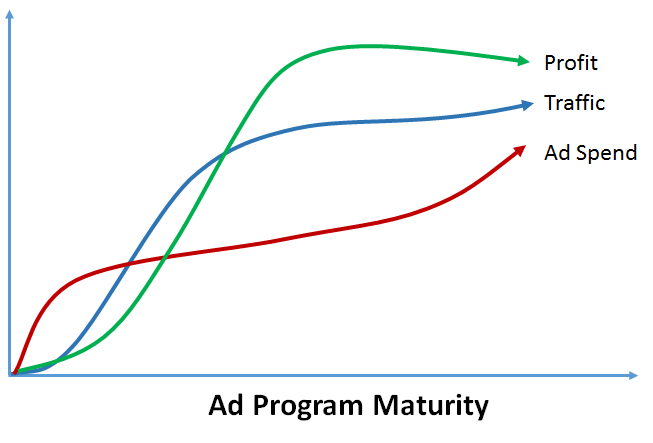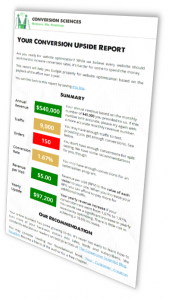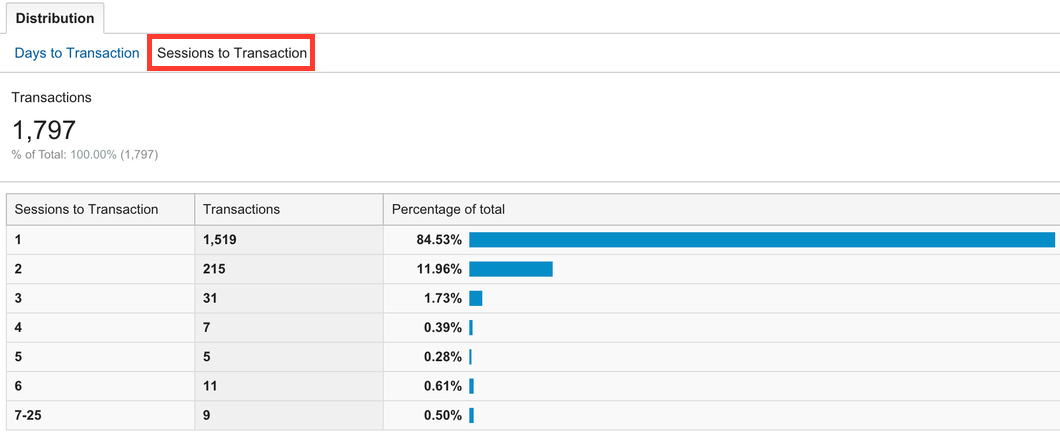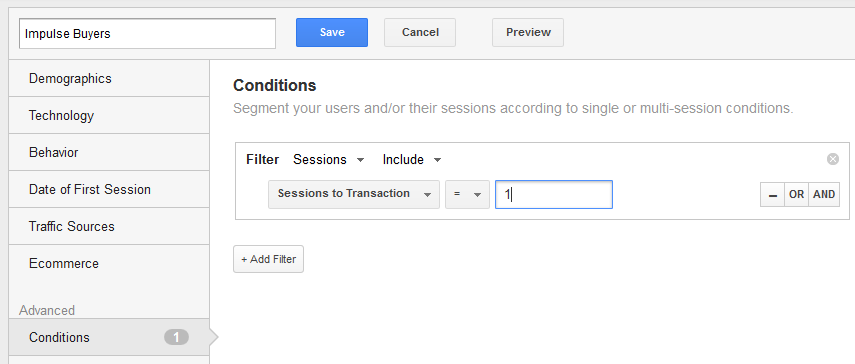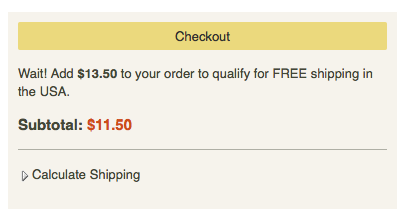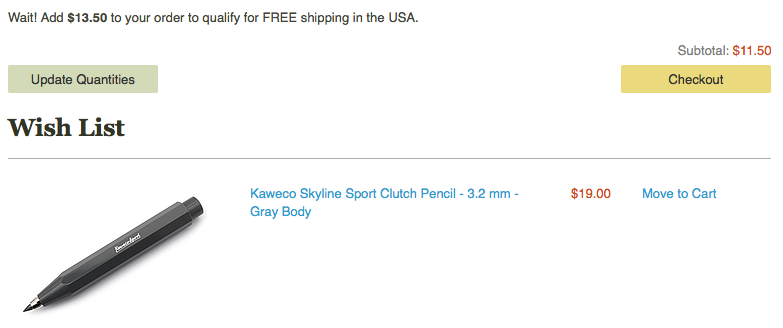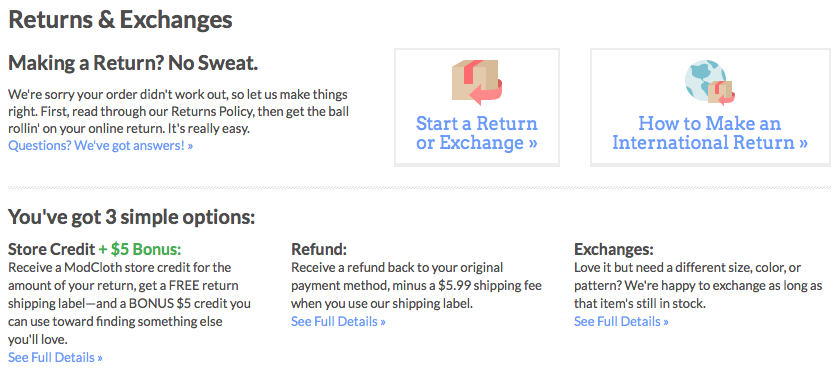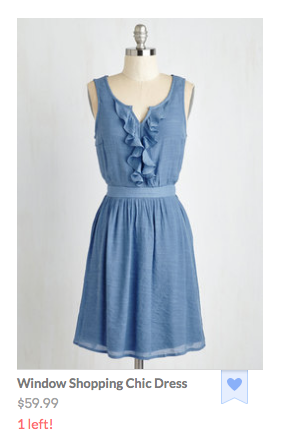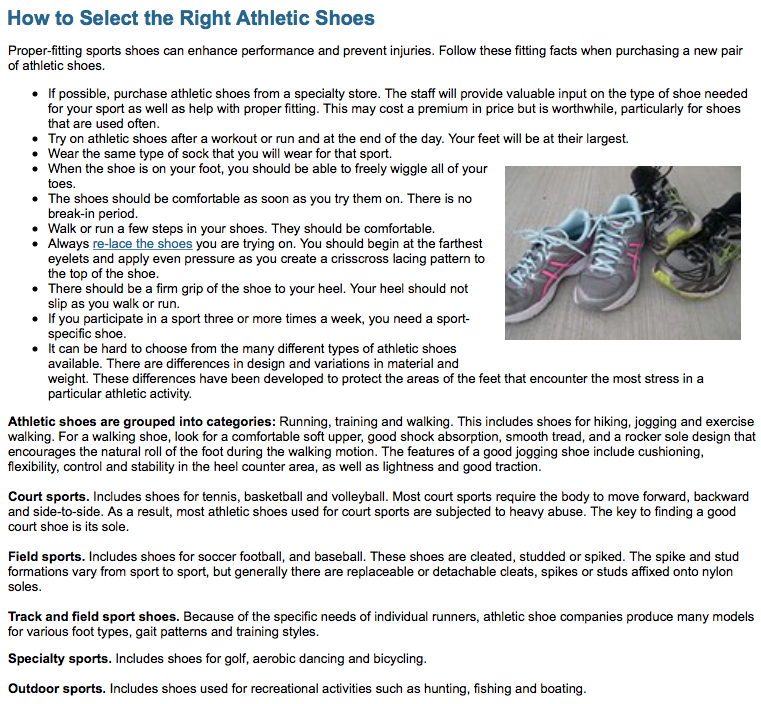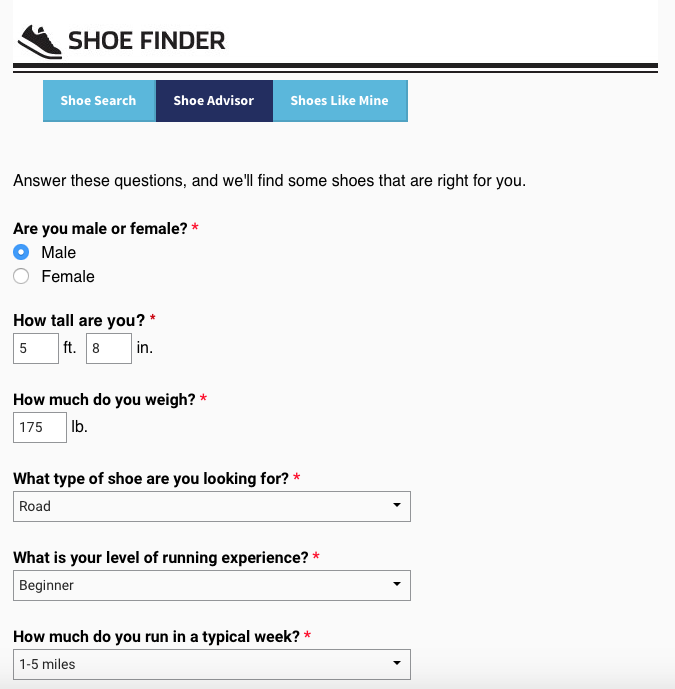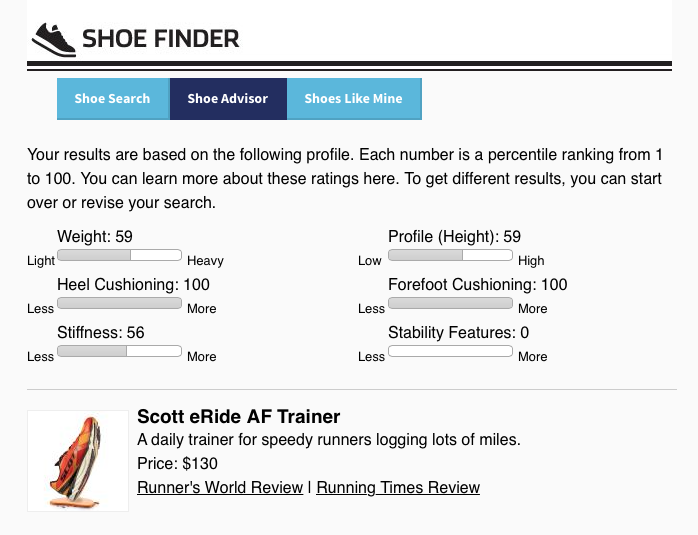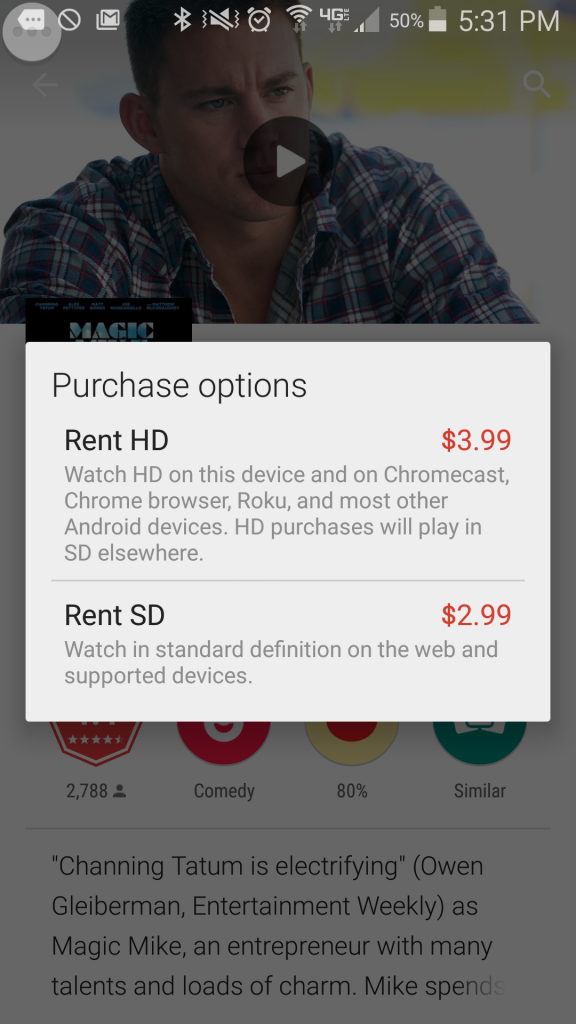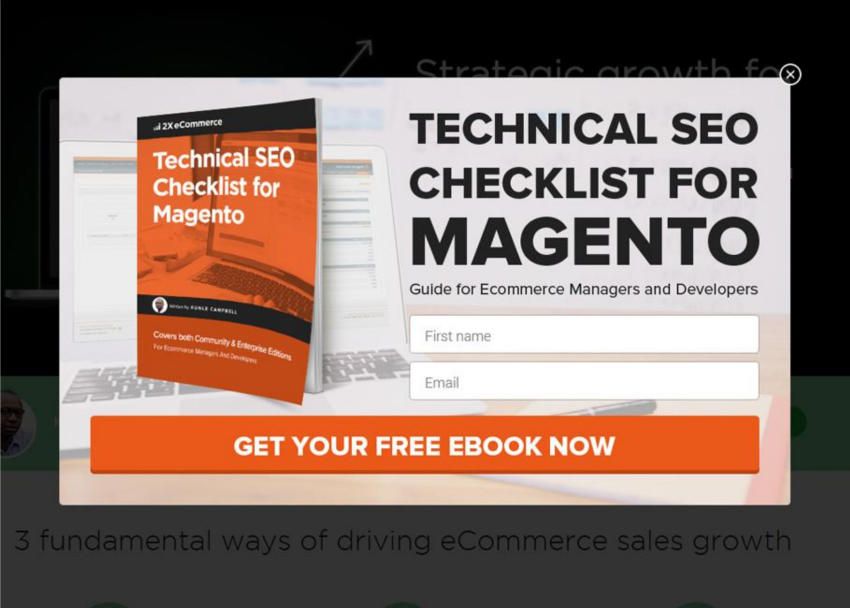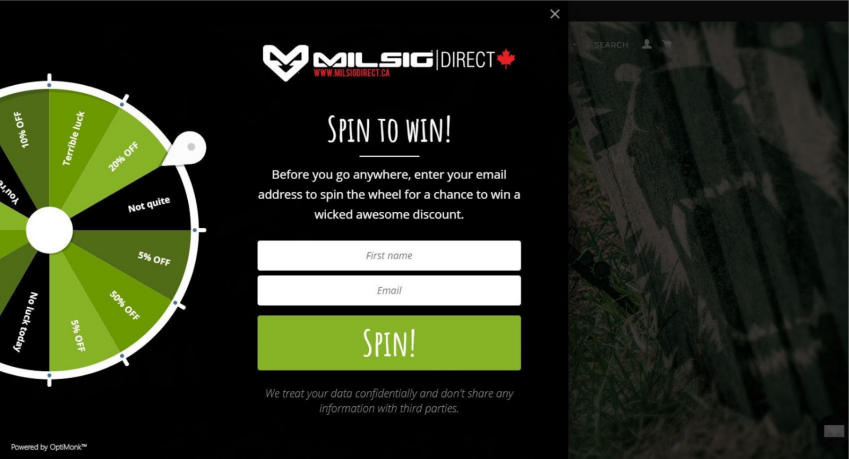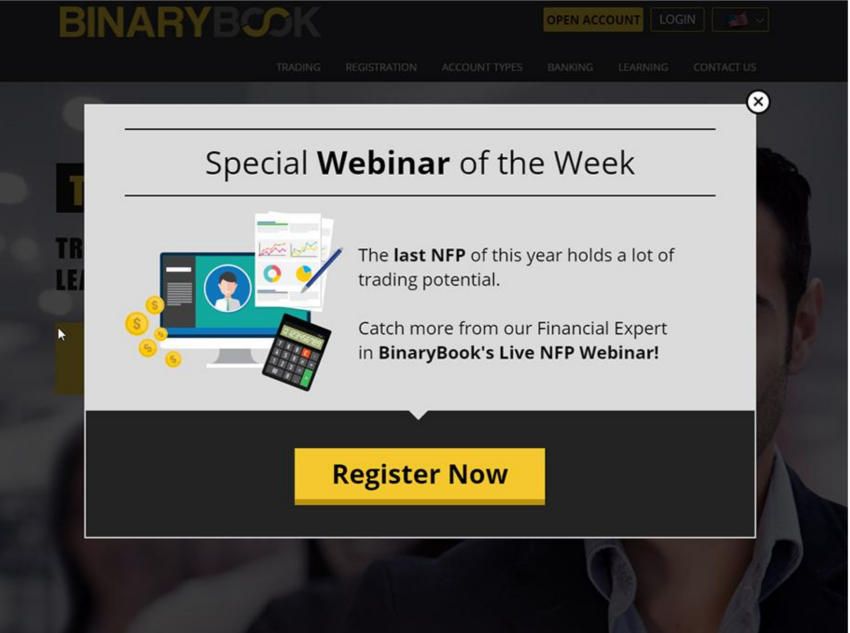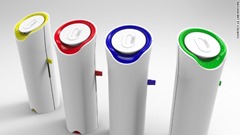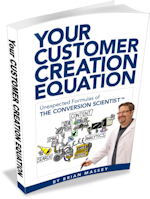Searching for taglines for business growth? Take a look at these 9 business tagline examples that drove multi-million dollar growth. Understand when taglines and slogans are important and how to write a winner.
Taglines and slogans can get a bit of a bad rap in the conversion world.
When the goal is immediate conversion, we know from years of providing Conversion Optimization Services that a targeted, well-written value proposition will beat a vague tagline every day of the week.
But that doesn’t mean taglines aren’t important.
In fact, depending on your company size and marketing strategy, a tagline can have an even greater impact on your total revenue than your highest converting value proposition. The key is to understand when taglines are important, why they are effective, and how to write a winner.
Today, we’re going to cover all that plus look at 9 tagline examples that helped drive multi-million dollar growth.
When & Why Taglines Are Important
Just so we’re on the same page, a tagline is a catchphrase or slogan used to advertise a brand. It’s a short phrase or series of phrases, often presented in conjunction with the brand logo, that is intended to add meaning to the brand.
So, when is it important?
The simplest way to put this is that if branding is very important for you business, your tagline will also be very important.
Now, you might say, “Branding is important for every business,” and while you wouldn’t be wrong, the spectrum from “important” to “very important” is actually quite large.
Let me explain.
Business #1 sells clay coasters on Amazon. Their #1 marketing goal is to get their Amazon listings to show up at the top of both Amazon and Google’s algorithms for that product category, and they spend 90% of their marketing budget on PPC.
Branding really isn’t that important for Business #1.
Business #2 sells luxury cars. Their #1 marketing goal is to be top of mind year-round for consumers making between $85k – $300k per year, and they spend 75% of their marketing budget on television ads.
Branding is VERY important for Business #2.
These two examples demonstrate both ends of the branding spectrum, with most businesses falling somewhere in between.
For the purposes of this article, we’ll just say that you will typically want to use a value proposition when you are looking for a direct response and a tagline when you are looking to make a brand impression that leads to a sale down the road.
That said, a good tagline will often demonstrate similar traits to a good value proposition. The two aren’t mutually exclusive. They just have different purposes.
A value proposition’s goal is to explicitly describe why the product is the best available option for the consumer and should be purchased immediately. A tagline’s goal is to attach significant, lasting meaning to the brand in a way that resonates with the consumer.
So how do we create a compelling tagline?
How To Create A Compelling Tagline
There are 3 primary qualities every brand tagline should have:
- It captures your mission
- It reflects your persona
- It resonates with your target audience
Your tagline is your chance to immortalize your company’s purpose in a brief phrase or series of phrases. It first and foremost needs to reflect your mission.
Your tagline is also a prime opportunity to reflect your brand’s persona or personality. It’s important that your tagline communicates an idea about not just what you do but who you are as a brand.
Finally, the goal of your tagline is to resonate with your target audience and connect your brand to a powerful set of positive emotions and ideas.
In order to best demonstrate these qualities in action, let’s take a look at several exceptional tagline examples that helped their companies create multi-million dollar brands.
1. Skyrocketing Business Profits: SoulCycle “Find Your Soul”
Co-Founders Elizabeth Cutler and Julie Rice wanted to create an exercise experience that was fun, exciting, and felt like a community. Noticing a void in the market, they opened the first SoulCycle in a former New York funeral home in 2006. Since their scrappy beginnings of handing out fliers for free classes (it was against building regulations to put up any signage), they’ve expanded to 85 locations and continue to expand to new locations in 2017.
SoulCycle’s tagline:
“Take Your Journey. Change Your Body. Find Your Soul.”
Soul Cycle’s tagline focuses very much on their target customers – fitness enthusiasts who see exercise as something physical, mental, and spiritual. The statement exudes a sense of excitement and empowerment for riders, and implies that something metaphysical can come out of an intense 45 minute stationary bike session.
The tagline is sometimes shortened to simply “Find Your Soul”, which emphasizes the brand’s mission of connected, community-based workouts.
The key idea here is that SoulCycle plays into the innate human desire of being part of a community. It’s exceptionally smart, because how we relate to others and the world around us affects our buying decisions. This explains Soul Cycle’s customer loyalty, which has skyrocketed the business’ profits.
This tagline isn’t just a tagline either. It is reflected in everything the brand does. Cyclists ride by candlelight in ‘epic spaces’ where they feel like they’re part of a ‘tribe’, and instructors constantly howl motivational phrases and speeches at the riders.
The Business Results
Even with a costly fee of $35+ per session and minimal discounts for monthly memberships, SoulCycle has still found its niche in the world of standard gym equipment.
- The business amassed a rider base of nearly half a million people by catering to their specific customers. For example, they play different music for the 5pm university crowd compared to their 6am pre-work crowd.
- Their explosive growth is partially fueled from upsold products, including branded swag, bottled water, and shoe rentals, adding another $85 million in revenue on top of monthly fees.
- Each franchise earns an average of $4 million per year.
- Their total revenue grew from $36M in 2012 to $112M in 2014.
2. TOMS: One For One
TOMS shoes started when founder Blake Mycoskie went to Argentina in 2006 and saw children running around without shoes. He also took note of the Argentinian traditional shoe, the soft alpargata that TOMS shoes are modeled after. He came back to America with a vision of the “buy one, donate one” and had 250 samples made. He approached American Rag to sell the shoes, and the LA Times picked up the story. The story created a demand for nearly 10 times as many shoes as what was in stock.
TOMS shoe company was officially born.
TOMS Socially Conscious Tagline
“One for One”
TOMS tagline is incredibly powerful because of the message it communicates. Buy one pair of shoes, and one additional pair of shoes is donated to a child in need.
Not only is this a brilliant business model, as 62% of modern consumers are willing to pay more for socially or environmentally conscious goods, allowing TOMS to sell $4 worth of shoes for $40, but it also directly counters the often vague language and spending that accompanies most charities. The consumer knows exactly what is happening. The get a pair of shoes they want, and a child in Africa gets a pair of shoes they need.
This tagline hits on all the right notes. It communicates the mission and resonates with the target audience. You could even argue that it communicates a straightforward personality.
Not only that, but 86% of those customers tell their friends and family, giving socially conscious businesses like TOMS plenty of free advertising.
The phrase is also crystal clear: it describes the company’s business model in 3 words.
The Business Growth Results
The “One for One” tagline and business model has been a huge success for TOMS:
- The company has donated over 60 million pairs of shoes.
- As of 2016, they have made over $625m in revenue.
- The company is now as widely known as Nike and Adidas.
- They have expanded the one-for-one model to other products.
- For every pair of sunglasses they sell, TOMS provides a full eye exam and prescription glasses to those in need.
- For every purse TOMS sells, the company provides medical materials to help with safe childbirth.
Fastest Growing Private Company in the U.S.: “Discover a different nite out”
Paint Nite’s tagline is deceptively powerful. It’s communicating something very specific to it’s customer base comprised of 90% women.
By offering a “different nite out”, they’ve attracted a crowd that still want to get out, socialize, and have some libations but outside the usual scene of bars or clubs. This is a brilliant strategy as the bar and club scenes have experienced declining popularity with millennials. One study found that those under 35 felt that the traditional night out is too impersonal and too exhausting.
Paint Nite met this need by creating a fun group environment where participants have common ground to talk to one another. Sitting and painting while sipping wine requires a lot less energy than drinking and dancing until closing time, and this “differentness” is reflected beautifully in their slogan.
The Results:
It turns out Paint Nite is on to something, as demonstrated by their remarkable success:
- It’s revenue has grown by more than 36,555% in three years.
- Is now available in 155 cities world-wide.
4. Canada Goose: Canadian Craftsmanship
Canada Goose began nearly 60 years ago and became popular in the 1980’s when their red down-filled coat (aka Big Red) was developed for scientists at Antarctica’s McMurdo Station. Its popularity increased further in Europe due to its decision to keep manufacturing in Canada, and Americans took to the brand when celebrities like David Beckham and Kate Upton were spotted sporting their signature coats.
Canada Goose’s tagline:
“Our uncompromised craftsmanship defines Canadian luxury.”
Even when it was vogue to move manufacturing overseas for cost reduction, CEO Dani Reiss knew that keeping the manufacturing in Canada was a huge selling point for customers, so Canada Goose reaffirmed its value proposition around that selling point.
The above tagline is more of value proposition mixed with a tagline, and a simpler version with only “Canadian Craftsmanship” can be found on the site as well.
This tagline is a great example of matching mission to customer in as little as two words. “Canadian Craftsmanship” speaks volumes about both the products being produced as well as the consumers who purchase them. This focus on quality craftsmanship is further enforced by the brand’s lifetime guarantee on it’s signature products.
The Results:
Canada Goose coats are not only known for their high quality but also for being some of the warmest on the market. Because of their commitment to quality, expressed beautifully in their tagline, they achieved incredible success.
- Expanded brand recognition when movie crew members were spotted wearing the coats while shooting in cold locations.
- Featured on the cover of Sports Illustrated’s Swimsuit edition, modeled by Kate Upton.
- Grew their revenues from $3 million in 2001, to $200 million in 2014.
5. GoPro: Be A Hero
GoPro is the brainchild of Nick Woodman who noticed that the only way to capture a surfer’s tricks was from land or on a jetski. He bootstrapped the company by selling belts decorated with beads and shells out of his van, and the prototype was born.
GoPro’s tagline:
GoPro actually has two primary landing taglines.
- “Be a HERO.”
- “Capture + share your world”
Both of these taglines do a great job of representing the brand, albeit in different ways.
GoPro was invented for the purpose of capturing extreme sports like skydiving or snowboarding, and their taglines encapsulate that, inviting users to “be a hero” and take extreme action, capture their exploits on film, and then share their adventures with the world.
These taglines are very customer focused, which fits with GoPro’s marketing strategy. GoPro’s marketing revolves around user generated content, and their taglines help to invite new users to participate in sharing their GoPro captured activities with their friends.
The Results:
While GoPro has recently been having to compete with smartphone cameras and mounts, they are still a massive success:
- GoPro made $150,000 in revenue from the Home Shopping Network in its first year of official sales in 2004.
- As of 2016, GoPro has grown to be a $2.5 billion enterprise.
6. Stella Artois: Be Legacy
Stella Artois has a nearly 700 year history, so their taglines have evolved over the better part of a millennium.
Here’s a brief history of how the brand has evolved:
Stella has been around since 1336 and was originally brewed as a pricey, limited edition treat for Christmas. That was until 1981 when they turned their price point into a positive with a “Reassuringly Expensive” tagline. The statement worked and Stella Artois successfully flipped the narrative from “too expensive” to “classy”.
That was until football fans realized that Stella contained a higher percentage of alcohol than other beers and began drinking it to get drunk. It caused a rift between the company’s brand and public perception as fans were pictured rioting with a Stella in hand.
To turn their image around, they repositioned themselves in 2008 with a new tagline: “A thing of beauty”. The marketing campaign displayed their ‘9 Step Preparation Guide’ that implied the consumer needed skill and a certain amount of grace to pour the perfect pint of Stella.
Stella Artois tagline:
“Be Legacy”
Last year saw another revamp in their marketing, as the company sought to make its beer appear not only more classy, but more personal.
Stella’s new tagline shows off their brand personality by reaching back into their history to the beginnings of Sebastian Artois, a man who sold all of his belongings to buy the brewery down the street.
They also preface their tagline with the phrase, “what will you be remembered for?”. It does a great job of targeting an emotion behind their beer that isn’t partying on a boat. You drink their beer to live life.
The Results:
Not many products survive for centuries, yet Stella Artois’ has used their branding to achieve success and longevity:
- Stella is the best selling beer brand from Belgium and is sold in over 100 countries worldwide.
- The beer has is also widely recognized as being “sophisticated” by consumers, and “the best premium lager” in 2013 by the Morning Advertiser.
7. BuzzSumo: Find Shared Content and Key Influencers
BuzzSumo allows people to find the most popular content around a given keyphrase. Instead of manually searching websites for your keyword, Buzzsumo amalgamates the most popular content for that keyword, how many social shares it received, and who shared it.
BuzzSumo’s tagline:
“Find the most shared content and key influencers”
This tagline doubles as a value proposition. It’s a no fluff explanation of the real value being provided by the brand. Do you want to find the most shared content? Are you looking for key influencers? Well, then you’re in the right place.
The Results:
Even though Buzz Sumo is a young business (not even 3 years old), it has gained incredible traction:
- They received 160,000 “freemium” subscribers and 2,000 paid subscribers in their first year.
- After 1 year of operations, Buzz Sumo generated $2.5 million in revenue.
- Used and promoted by Neil Patel, Matthew Barby, and Mari Smith.
8. Headspace: Treat Your Head Right
Headspace began with a meeting between two men. Andy Puddicombe, an Englishman, became a monk after having the traumatic experience of losing two friends and a step-sister. He wanted to bring the technique of mindfulness to the masses, and created a meditation app called “Jeeves”.
At the same time, Richard Pierson, another Englishman, was burned out from his job. To help calm his anxiety, a friend of his had recommended Jeeves. Inspired by the app, he approached Puddicombe with a proposition – he’d market the meditation app in return for one-on-one meditation lessons.
The men tapped into the 1.2 trillion dollar mindfulness industry in 2010, when they brought meditation to where most people were spending their time – their phones.
Headspace’s Tagline:
“Treat Your Head Right”
Traditionally, the general public in North America has viewed meditation as something exclusive to monks, hippies, or other niche groups. Headspace has helped change this perception withe their broad outreach.
Through their approachable brand personality, exemplified through their tagline, they showed that meditation isn’t some ethereal experience meant only for “mystics”, but rather, something anyone can do to “treat their head right” as part of an everyday mental health routine.
The Results:
The app’s approach to meditation worked. Headspace has gained huge traction over the last few years:
- It received $30 million via a Series A in 2015.
- The subscription based model of pricing has resulted in the app reaching a net worth of $250 million.
- Headspace has been adopted by celebrities like Richard Branson, Jessica Alba, and Lebron James, fueling its growth.
- It is ranked as the highest quality “mindfulness-based” app according to the peer-reviewed Journal of Medical Internet Research.
9. Dollar Shave Club: Shave Time. Shave Money.
Dollar Shave Club was born out of a party conversation between Mark Levine and Michael Dubin, where they shared their frustrations on the high cost of razor blades. They came up with the idea to send blades via a monthly subscription box for $1 (with $2 shipping). The pair launched Dollar Shave Club’s website in 2011.
Dollar Shave Club’s tagline:
“Shave Time. Shave Money.”
Dollar Shave Club showcases brand personality incredibly well in their tagline, website, and across all of their marketing campaigns, branding their company as a club for common sense, sarcastic smart alecks… you know… what every guy aspires to be.
Up until Dollar Shave Club’s existence, many had griped about the absurd cost of disposable razor blades, but very little had been done about it. Dollar Shave Club cashed in on the strategic idea of delivering blades bought in bulk but repackaged for individual use, capturing the sentiment that we all need to save time and money, even in the smallest of ways.
The Results:
Questioning consumer norms paid off for Dollar Shave Club in big ways:
- Their initial ad in 2011, “Our Blades Are F***ing Great”, went viral and got
12,000 subscribers in 48 hours
. The add also attracted $1 million in investment in the company.
- The following year, the company raised $9.8 million to expand internationally into Canada and Australia.
- In 2016, Dollar Shave Club was bought out for
$1 billion by Unilever.
Conclusion: Business Tagline Example Takeaways
Now that we’ve seen what a winning tagline looks like, let’s review the key qualities you should include in yours:
- It captures your mission
- It reflects your persona
- It resonates with your target audience
Create a tagline that reflects these qualities, and you’ll have secured a key piece in your branding campaign.
Need help climbing into the heads and hearts of your visitors to understand what they need and then testing your way to a powerful tagline? It might be time to hire a Conversion Agency to help take you to the next level.



